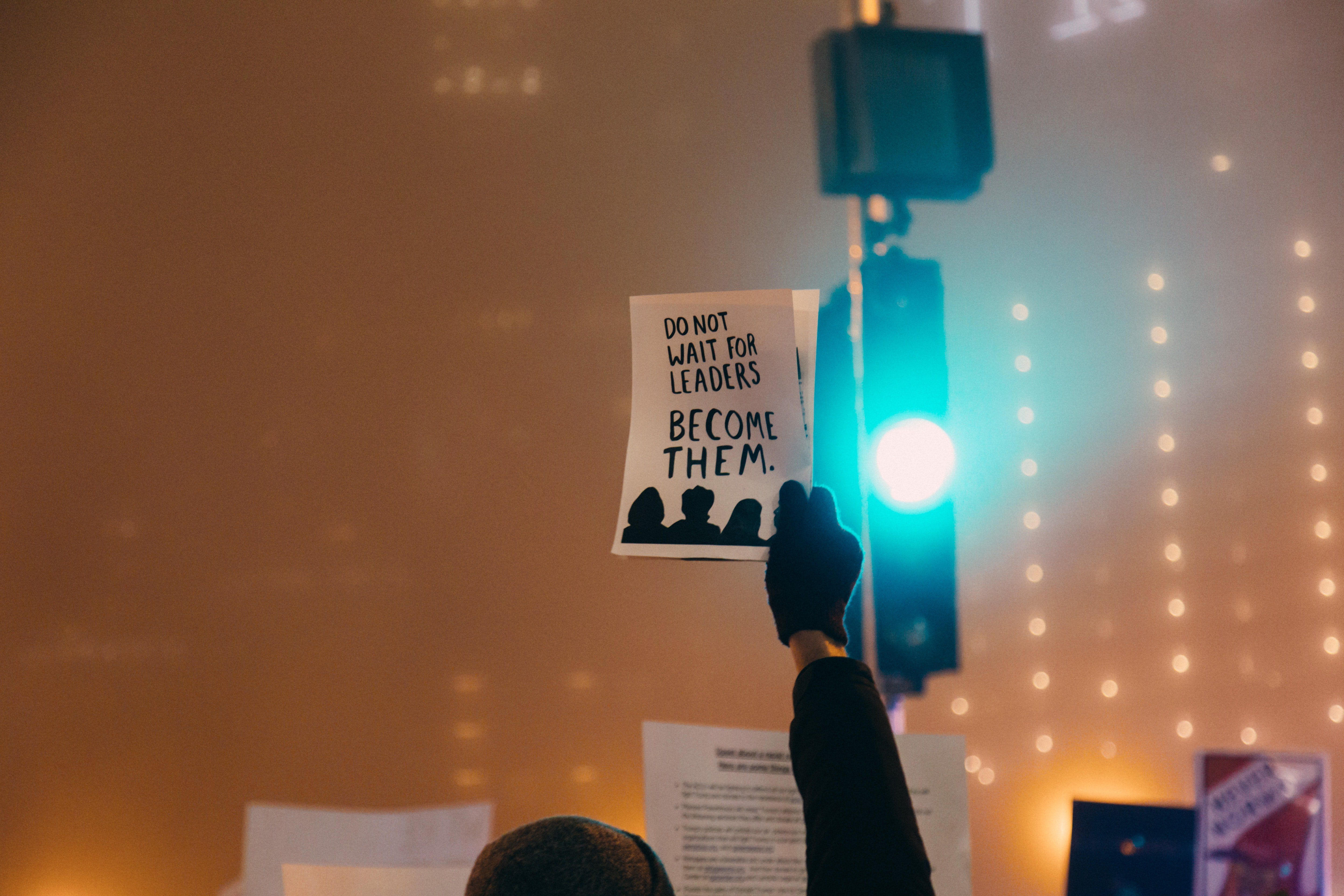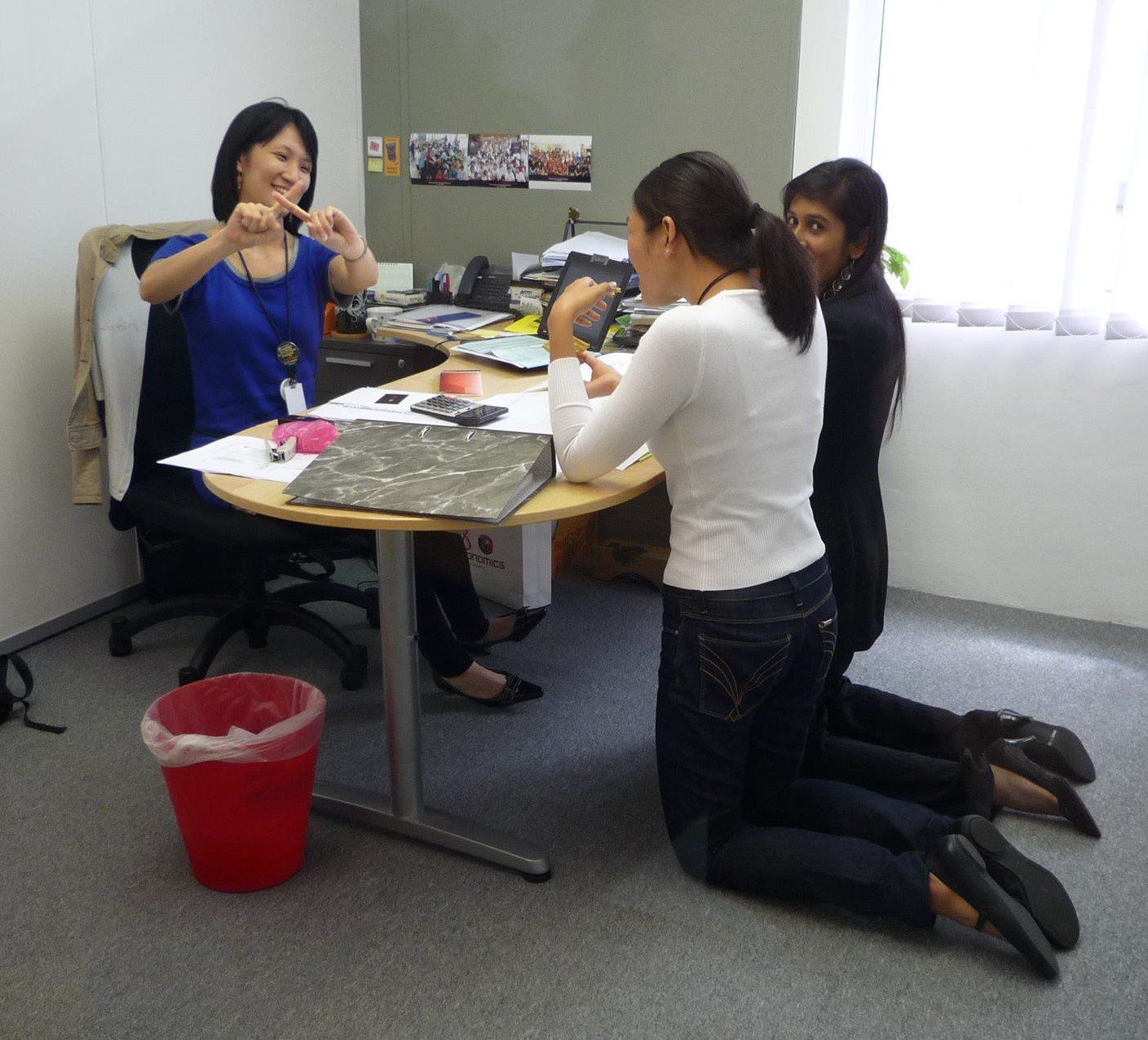Strive In Victory or Strife In Failure

He was caught in a school fire at the age of eight. His legs were badly burned. His knees, shins and left toes were left without skin and flesh. Doctors predicted he would never walk normally again - they recommended amputating both legs. Thankfully, his parents did not consent.
Two years later, he tried to walk again. Thirteen years later, he completed the 1,500m race at the Summer Olympics. Two years after that, he set the world record for the mile run at 4:06.8, which had stood for 3 years. What was physiologically impossible, was proven otherwise. His name is Dr Glenn Cunningham, National Track and Field Hall of Fame (USA), 1974 - only one of five athletes to hold the Mile World Record indoors and outdoors.
Do we striVe or striFe? What does it take for us to cross the seemingly insurmountable divide between “failure” (strife) to “victory” (strive)? Just like how Glenn learned to walk again, people and organisations can striVe by setting clear boundaries and building strong bridges.
Boundaries cut the divide between striVe (victory) and striFe (failure). These boundaries are connected with strong bridges, and together, enable people and organisations to overcome today’s modern challenges.
Here are three areas I believe clear boundaries need to be established together with the bridges to connect:
1. Purpose and Impact
Purpose is the reason for your / your team / your organisation’s existence. Some say it is mythical and abstract, lofty and hypothetical. I say it is the most avoided question. Whether one is unwilling or unable to answer the question - purpose is often reduced to a statement on the wall, a feel-good factor, and at best, a pretentious war cry.
Purpose propels impact. Impact is the felt effect of purpose. It is the result of being single-minded in putting action to your purpose.
The bridge between purpose and impact is being purposeful. You can have purpose but without being purposeful, you will not create impact. You cannot create impact without being intentional about your purpose. I encourage you to read the inspiring stories of purpose and impact in “Purposeful” by Jennifer Dulski.
People and organisations must have clear boundaries around their reason for existence and the impact they want to create. Without boundaries, it will be difficult for decision-making because everything can appear to be a “good” opportunity - resulting in resources spread thin and people stretched to the point of burnout.
When people and organisations set clear boundaries around purpose and impact, purposeful actions will lead to clear intentions and outcomes.
This article may interest you: Do Your Employees Actually Understand The Company's Purpose
2. Intentions and Outcomes
Intentions are associated with motives and agenda. It is the “real reason” behind our actions. Outcomes are (usually) the effects of our intentions. I say usually because often, we see people and organisations begin with good intentions only to be disappointed by less than desirable outcomes.
Many times, poor execution is the main culprit. Intentions, however good and noble, do not always lead to desired outcomes.
The bridge between intentions and outcomes is discipline. Discipline is about being focused and staying focused.
At the Through Crisis Series, participants are taken through a series of 3 modules extending over 12 weeks. One of the exercises conducted throughout the Series is cultivating the discipline of reflection and journaling. The purpose, benefits and practices of reflection and journaling are shared with the participants. Most participants struggle at the start but with the discipline and consistency of spending 5 minutes every day pays off - it becomes second nature by the end of the 12-week journey. This discipline leads to a conscious effort to apply what they have learned. My encouragement to them is to start small, stay focused, and be consistent. If you miss a day, it’s fine. Just try not to miss the next day!
When boundaries around intentions and outcomes are clear, people and organisations can be disciplined in engaging with principles and practices.
3. Principles and Practices
Principles provide handles and serve as a guide for practices. Practices - how we actually put things into motion, can change depending on circumstances. Practices may vary. Principles should not waver.
The bridge between principles and practices is culture. Culture is the unspoken, “felt” way of doing things. However you describe culture, one thing is certain - too rigid and you’ll have a stiff and unresponsive organisation, too flexible and you’ll be like a wave of the sea, blown and tossed by the wind. Hubert Joly transformed Best Buy and tripled company stocks through his revolutionary leadership approach towards purpose, profits and people.
Adaptability and agility are core components of culture for today. Adaptability is the culture of contextualising the principles and practices into the present. Agility takes the learning from adapting and makes further improvements to it. The reframing enables people and organisations to “make it better”.
When adaptability and agility is at the core of culture, it creates the foundation for other culture elements such as innovation, creativity and delighting the customer. Such was my experience at a resort in Koh Samui in September 2018 (feels like a decade ago!).
After a quick tour of the resort, we were ushered into our villa. The service from the ladies and gentlemen at the resort was impeccable. Sometime into day two, my pair of old sandals gave way - “About time”, I thought to myself.
Upon returning from dinner that evening, there was a pleasant surprise waiting in our villa. Aem and the team had taken the initiative to mend my broken sandals. They saw a problem and they fixed the problem. It was not their problem to begin with, not caused by them, not their occupation, nor was it in their job description (they were housekeepers not cobblers).
If you have the right culture (bridge) together with clear boundaries around principles and practices (delighting the guests and making them feel good), you can adapt and be agile to creatively innovate. You’ll find a way within the boundaries you have.

I left the resort with many fond memories, but what Aem and the team did with the sandals has left a lasting impression.
Supplementary reading: From War to Victory: Managing Talent Through Organisation
Setting clear boundaries and building strong bridges differentiates whether we striVe in victory or striFe in failure. Being purposeful, disciplined and having the right culture enables people and organisations to cross the divide of victory and failure.
How can you strive to be victorious? Watch this Leaderonomics interview with Malaysia's Datuk Nicol David, World Champion Squash Player who, amongst other things, speaks of consistent training (discipline).
Looking for tools to engage with your employees. Look no further! Check out Happily (or Budaya for those from Indonesia) - an amazing engagement app built for organisations to drive engagement amongst employees. It has amazing analytics and also provides activities for employees to be fully immersed in the organisation's culture and values. To find out more, click here or email info@leaderonomics.com
Business
Tags: Purpose





